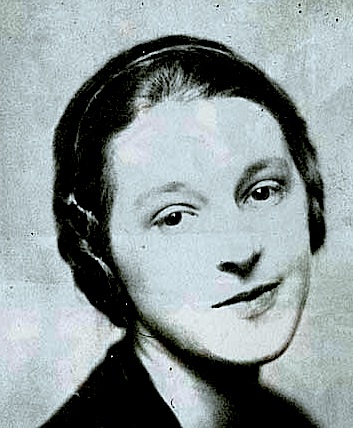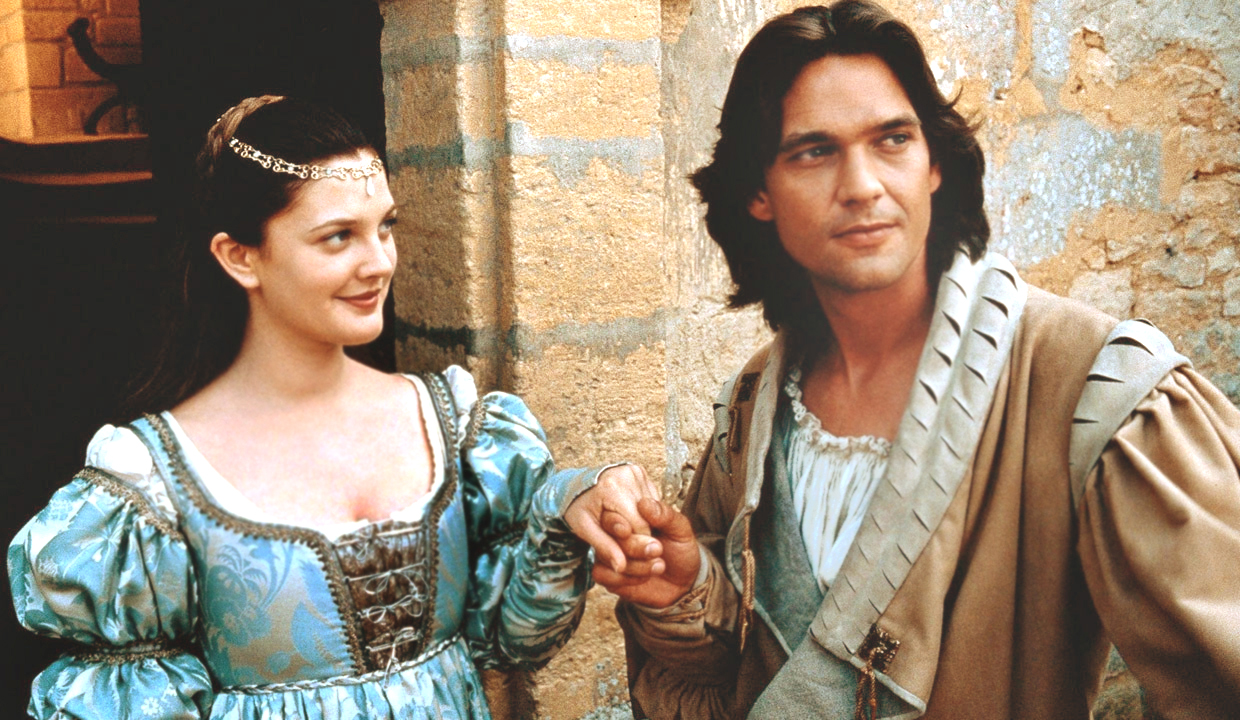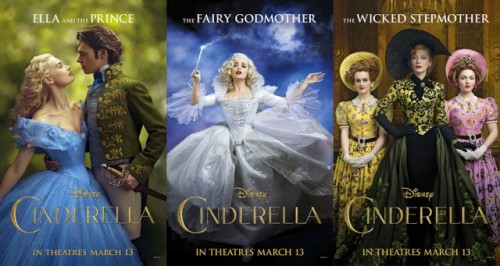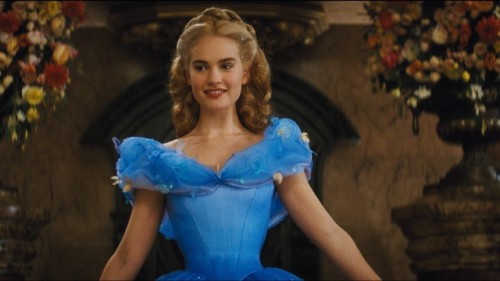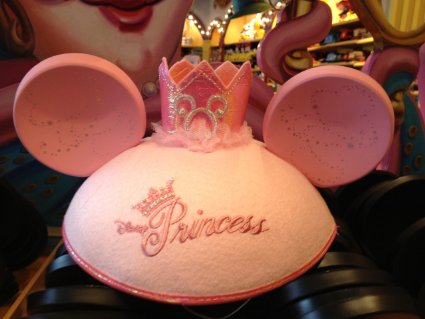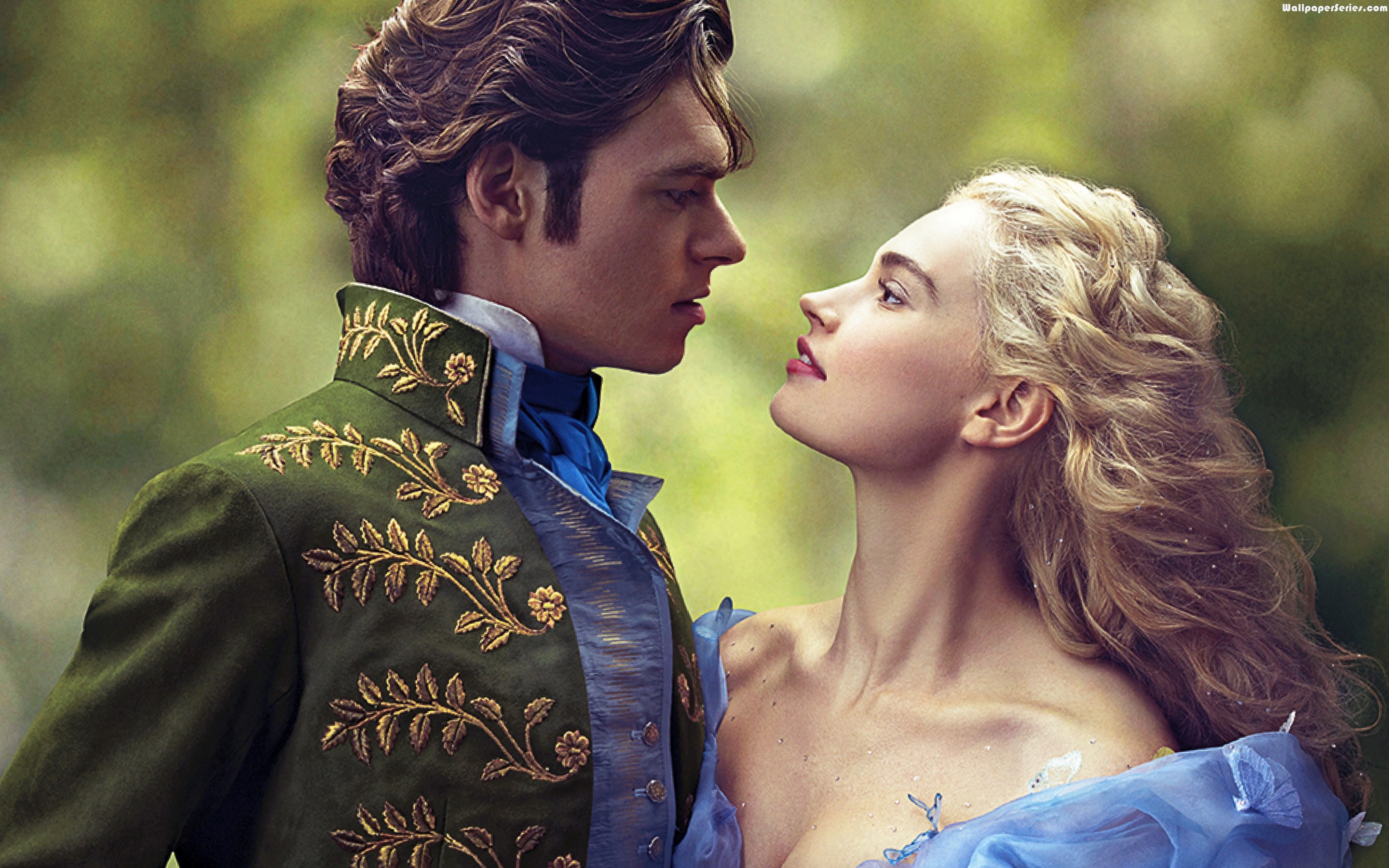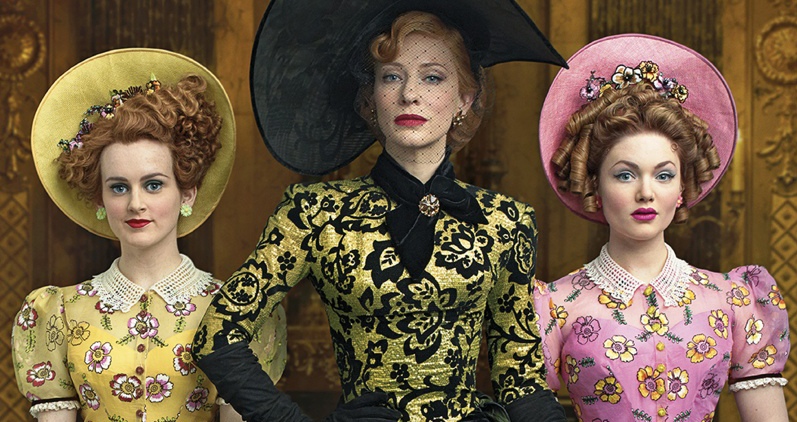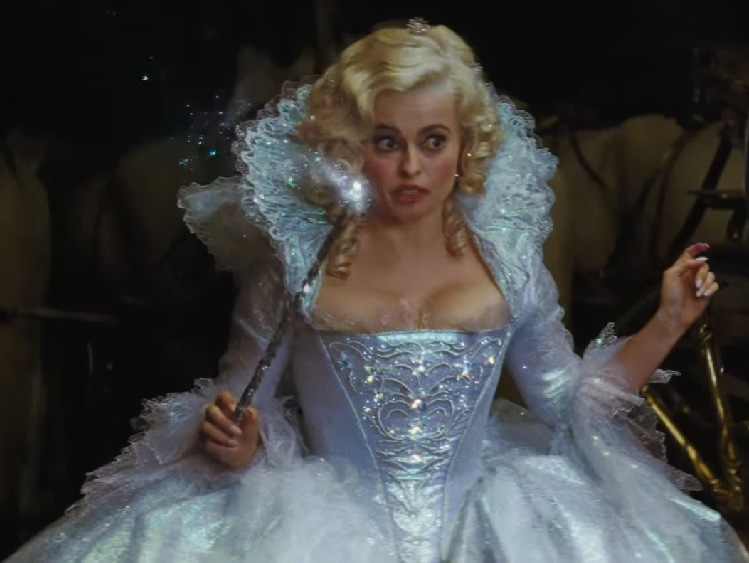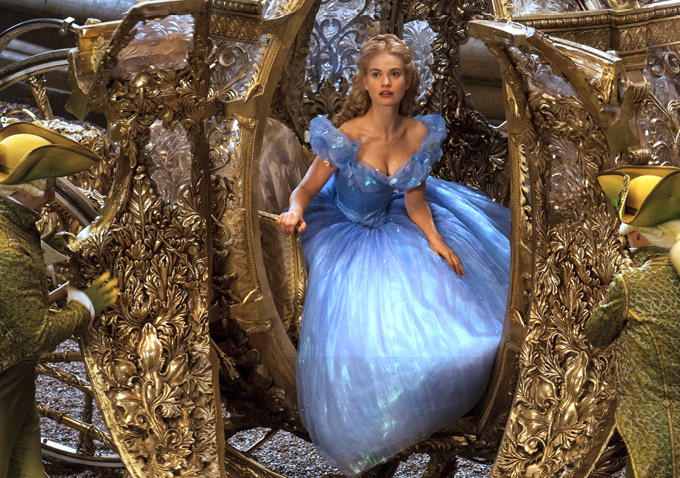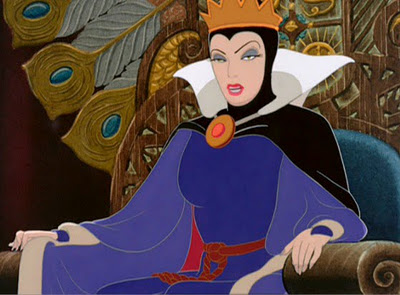Part of Vintage Viewing, exploring the work of female filmmaking pioneers.
Lotte Reiniger: It’s a Snip
Born in Berlin in 1899, Lotte Reiniger became fascinated by Chinese silhouette puppetry. Beginning her film career working on intertitle designs for Paul Wegener’s Rumpelstiltskin’s Wedding at the age of 16, Wegener introduced her to a collective of animators. At first, Reiniger created special effects sequences for German expressionist films such as Rochus Gliese’s Apocalypse and Wegener’s The Pied Piper of Hamlin. Reiniger had developed and refined her own technique for completely animated films by 1919’s Ornament of the Lovestruck Heart. In 1921, Reiniger married Carl Koch, who became her producer and camera operator, while Reiniger was responsible for concepts, storyboards and silhouette cutting. In 1922 she made Cinderella and Sleeping Beauty, demonstrating the magic of Grimm’s fairy tales and the appeal of princess stories, years before Disney abruptly switched from masculine cartoon heroes like Mickey Mouse, to folklore princesses.
A still of Prince Achmed, showcasing its multiplane silhouettes
Reiniger transcended the flatness of silhouette animation by pioneering the multiplane Tricktisch (trick table), in which layers of glass are inserted into a table so that images with layers and depth can be shot through the table’s central hole. Walt Disney’s U.S. patent (no. 2,201,689) for his own multiplane camera would strongly resemble Reiniger’s earlier design. Far from patenting her own work, however, Reiniger wrote and filmed tutorials on her techniques, with a passion for spreading the art of animation. In 1925, Lotte Reiniger completed three years of labor on The Adventures of Prince Achmed, a fully animated feature film drawn from the folklore of the 1001 Nights, followed by 1928’s half-hour Dr. Dolittle and his Animals. That’s over a decade before Disney’s Snow White and the Seven Dwarves received an honorary Oscar for screen innovation. Reiniger’s visionary contribution continues to receive little recognition in official histories of animation.
Despite this woman’s major significance to the development of the art of animation, Disney would make a notorious company policy that excluded women from creative work in his company. Reiniger, meanwhile, fled Nazism in the 1930s, losing all her original prints (watching copies of copies means we lose a lot of the fine detail in her originals). However, with her small team of collaborators, she continued animating in her distinctive silhouette style, adding color backgrounds to later films, finishing a long and productive career with 1980’s The Four Seasons. The longevity of her career speaks to her skill in carving out and developing her own unique niche and flavor, which survived competition with rival animators who were working on an industrial scale.
Cinderella – 1922
Many feminists find the tale of Cinderella problematic, because of the role that Cinderella plays in accepting her own servitude and being rewarded for this passivity. Reiniger solves this problem in her film’s first frames. We see a speeded-up portrait of Reiniger’s hand and scissors cutting out the figure of Cinderella, before the little figure seizes the scissors for herself. Cinderella will cut the scenes of her own fantasy jaggedly from the film’s black background, as a dress-maker cuts the pattern of their outfit. Is it because the wicked stepsisters pull the tail of their caged bird that Cinderella has a bird army at her disposal? These scenes are far more faithful to the original Grimms’ fairy tale, where birds helped the heroine sort the lentils from the ashes as one of the impossible tasks she was set before she was allowed to go to the ball.
Reiniger also anticipates Disney’s habit of rewarding his virtuous heroines with armies of animals that substitute the girls’ own agency. If Cinderella is the one cutting out her bird army, does this mean she identifies as a caged bird herself? Are the rolling eyes of her stepsisters a true representation, or has Cinderella mischievously cut their silhouettes as grotesques to express their inner ugliness? The farcical padding of the thin stepsister’s bust, and the girdling of the overweight one, show a sharp female eye for the constructed nature of female beauty.
Rather than a fairy godmother, the apple tree growing from her own mother’s grave clothes Cinderella in finery. In a cruel twist, the Prince finds her at her mother’s grave after the fairytale clothes have fallen from her, and is unable to recognize her without her artificial finery. The plan to marry the first woman who fits Cinderella’s abandoned shoe flies out of a courtier’s head as a magic bird–a sly dig at its birdbrained logic? Such witty details are a trademark of Reiniger’s work. Notice the tiny figure of a man on the minute hand of her great clock, and a lady on the hour hand. Though the man moves 60 times as fast, he constantly passes the lady by, just as the prince overlooked Cinderella without her finery. The gruesome slicing off of her foot’s excess weight by the stepsister, to fit the slipper, is a detail kept from the original story, that adds to Reiniger’s darker tone. Only magic birds can provide the prince with the right answer, for fortune favors the unscrupulous. But with a “Snip!” that fate can be changed, when a girl is wielding her own scissors. Her physically abusive stepmother can only huff and puff and blow herself apart. The price, however, is to pass forever the unreal imaginary space of “fairyland.”
Soundtrack Suggestion: Evanescence “Bring Me To Life”
[youtube_sc url=”https://www.youtube.com/watch?v=Kku75vGDD_0″]
Papageno – 1935
1935’s Papageno uses the new technology of synchronized sound to the full. Mozart’s playful classical music from comedy opera The Magic Flute is brought to life by Reiniger’s rhythmically animated fantasy interpretation. Long before Disney’s Fantasia, Reiniger, a fan of the hyperreal arts of shadow theater and opera, showed that animation could be used to popularize supposedly elite art forms like opera.
Mozart designed The Magic Flute as a popular entertainment, not an elite spectacle, and Reiniger’s “silhouette opera house” restores that sense of accessible magic with her sprightly bird catcher and his magical pan pipes for charming the birds from the trees, who lives in lonely longing for a female counterpart. The film also showcases Reiniger’s development of multiplane depth in her use of detailed backdrops. Great care must have been required to exactly synchronize with the music, as when the parakeets play the bells while Papageno swings on vines and pictures his bird friends as the women that he wished he could charm. From giant snakes to an attempted suicide, this adaptation doesn’t shrink from the darker undertones in Mozart’s libretto and music, while the freedom of animation brings talking birds and a dashing, ostrich-riding heroine to life, enriching the musical fantasy, just as the classic music of Tchaikovsky’s ballet Sleeping Beauty was brought to more literal life in Disney’s 1959 film of the same name. Working with few collaborators, Reiniger may not have achieved such a lush result, but her work clearly shows her visionary grasp of the medium’s potential.
[youtube_sc url=”https://www.youtube.com/watch?v=zCR-GFKmMGU”]
Thumbelina – 1954
Hans Christian Andersen’s Thumbelina told the tale of a tiny girl grown from seed to be a companion to an old woman, Reiniger has her Thumbelina born spontaneously and magically from a flower, beholden to none but herself. Without parents to guide her, Thumbelina explores the world and resists all attempts at coerced marriage in her own search for her soul kin. Kidnapped by a bullying toad to be a bride for her son, Thumbelina prays for release from her lily-pad prison and is rewarded by the intervention of kindly fish who tow her to shore, along with a sympathetic butterfly, the first hint of Thumbelina’s kinship with creatures of the air.
After an autumn feeding on berries and playing with the woodland animals, Thumbelina finds herself freezing with the coming of winter and seeks shelter with an apparently kindly, motherly mouse. In exchange for her home, Thumbelina does housework for the mouse, but the mouse attempts to use her leverage to emotionally blackmail Thumbelina into accepting marriage with the neighboring mole, who can bribe Thumbelina with necklaces and jewels that mark him as a good match. Under the pressure of her debt to the mothering mouse, Thumbelina accepts a ring and allows herself to be pushed into bridal regalia, but a late migrating swallow helps her to fly away after hearing of her despair at the upcoming wedding. In Andersen’s original tale, discovering a fairy prince who is her own size makes Thumbelina’s happy ending, reinforcing the idea that Mr. Right must be the ultimate reward. In Reiniger’s retelling, Thumbelina discovers a whole fairy community, who fit her with wings so that she can join them as an equal. It is the final vision of Thumbelina dancing in a line with other fairies that makes Reiniger’s happy ending, not a romantic resolution. In asserting Thumbelina’s right to reject unsuitable suitors and search for her own soul kin, the fairy tale takes on its feminist edge. Thumbelina may be vulnerable, but she struggles for her own desires throughout the tale.
[youtube_sc url=”https://www.youtube.com/watch?v=vDojanzKKmw”]
Carving out their own unique niche in the filmmaking world was one way for women to resist mainstream pressures that were pushing them out of the directing craft. Lotte Reiniger can lay claim to being the greatest silhouette animator. In the USA, avant-garde, arthouse film was pioneered by Maya Deren. Next month’s Vintage Viewing: Maya Deren, experimental eccentric.
Brigit McCone began her film career making stop-motion animation with play-dough, writes and directs short films and radio dramas. Her hobbies include doodling and watching animations that are supposed to be for kids.
